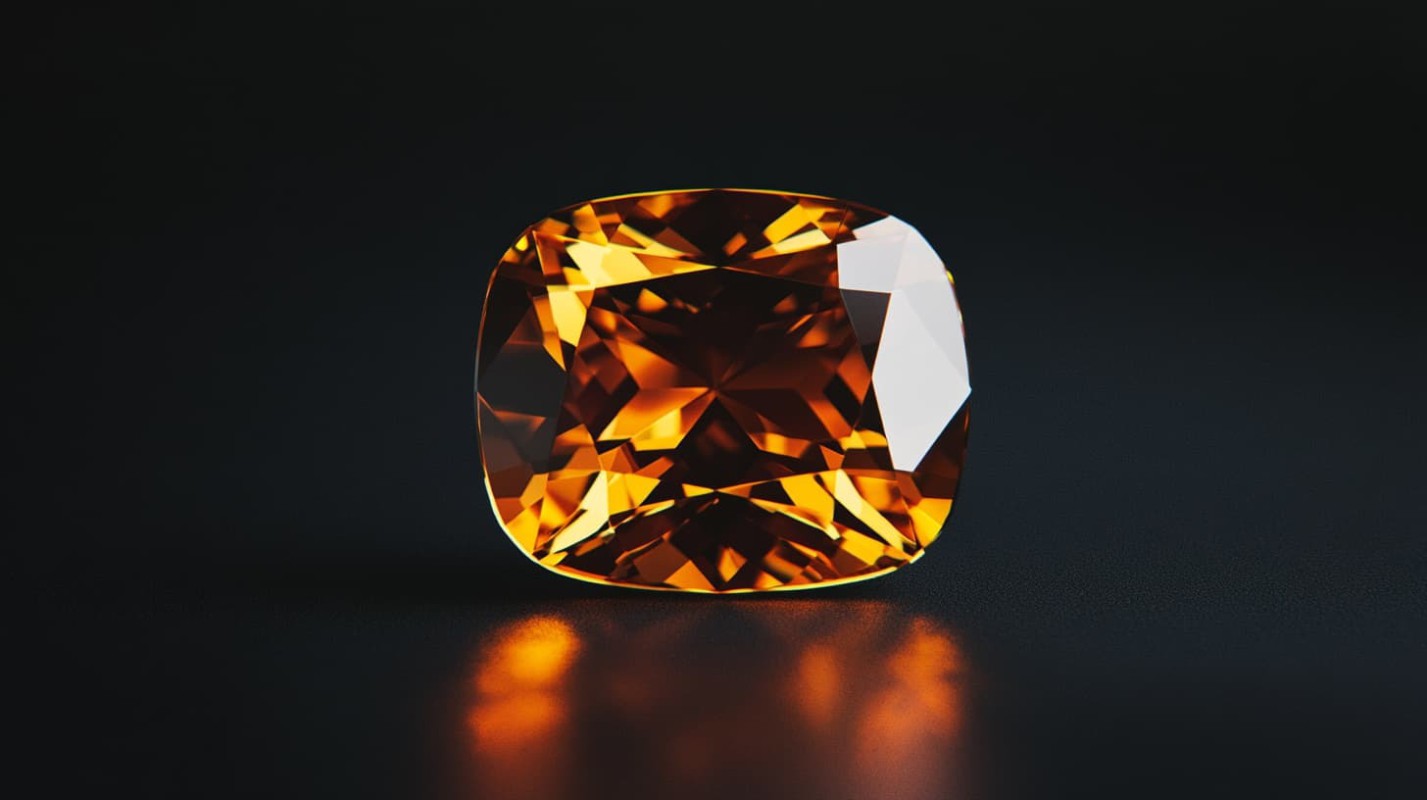Myanmar's Luminous Legacy: Unearthing the Potential of a Gemstone Giant

375

Hsu (NP News) - July 18
Nestled in Southeast Asia, the land of Myanmar holds within its ancient earth a treasure trove of geological wonders. For centuries, this nation has been synonymous with extraordinary gemstones, renowned globally for their unparalleled quality and captivating beauty. From the legendary "pigeon's blood" rubies to the ethereal "imperial" jade, Myanmar's gem industry stands poised to re-engage with the international community, inviting the world to discover its vibrant heritage and invest in a future as brilliant as its precious stones.
Myanmar's geological bounty is vast and diverse, producing a spectacular array of gems and jewels that captivate connoisseurs and collectors alike. The most celebrated among them are undoubtedly rubies, particularly those from the fabled Mogok Stone Tract. These rubies, famed for their intense, deep red hue often described as "pigeon's blood," are considered among the finest in the world. Their exceptional purity and vibrant color set them apart, making them highly coveted in high-end jewelry markets.
Equally significant is jadeite, a type of jade for which Myanmar is the world's primary source. The most valuable form, "imperial jade," boasts an emerald-green color and remarkable translucence. Revered for millennia in Chinese culture, jadeite from Myanmar is a symbol of purity, wisdom, and good fortune, often exceeding the value of gold or diamonds in Asian markets.
Beyond these two titans, Myanmar also yields exquisite sapphires, known for their rich blue color and excellent transparency, particularly from the Mogok and Mong Hsu regions. Spinel, often mistaken for ruby due to its vibrant red and pink varieties, is another gemstone gaining significant recognition for its beauty and durability. The "Black Prince's Ruby," a 170-carat red spinel, and the 325.5-carat Timur Ruby, both part of the British Crown Jewels, are testament to the historical significance and beauty of Burmese spinels.
The country's mineral wealth extends further to include high-quality peridot, with top-grade specimens from the Pyaung Gaung Mines in Mogok rivaling fine emeralds. Other gems such as garnets, moonstones, tourmalines, zircons, amethysts, and the unique, recently discovered maw-sit-sit (a jadeite-containing rock with distinctive green and black mottling) also contribute to Myanmar's diverse gem landscape.
Myanmar's gem history is interwoven with tales of legendary stones and royal patronage. The "Padamya Ngamauk," a ruby of astonishing size likened to an egg, was so impressive that French merchants reportedly struggled to assign it a price during the time of the Burmese kings. For centuries, the finest rubies and other precious stones were reserved for the royal court and dedicated to Buddhist religious sites, encased within the relic chambers of pagodas and stupas. The historical significance of Myanmar's gems continues to resonate, with a 8-carat "pigeon's blood" ruby ring, once gifted by Richard Burton to Elizabeth Taylor, fetching over $4 million at auction, highlighting the enduring allure and value of Burmese rubies.
The most productive sites for these extraordinary gems are concentrated in specific regions. The Mogok Stone Tract in Mandalay Region, often called "The Valley of Rubies," is undeniably the heartland of Myanmar's ruby and sapphire mining. This area has been a source of precious stones since ancient times and continues to produce some of the world's most valuable corundum. For jadeite, the Hpakant and Tawmaw regions in Kachin State, along with Khamti in Sagaing Division, are the primary sources of the highest quality jadeite in the world. The Pyaung Gaung Mines in the Mogok region are particularly noted for their superior peridot.
The importance of Myanmar's gems in the international jewel market cannot be overstated. Historically, Myanmar has supplied a significant portion—estimated at over 90% in earlier periods—of the world's high-quality rubies. The unique characteristics of Burmese rubies, especially the coveted "pigeon's blood" color, consistently command premium prices. Similarly, Myanmar's jadeite, particularly "imperial jade," is the gold standard in Asian markets, driving a multi-billion dollar trade, primarily with China.
However, despite its immense natural wealth, the full potential of Myanmar's gem industry on the global stage remains largely untapped. Challenges such as past political instability, informal mining, and a need for enhanced transparency have impacted the industry's ability to fully integrate and thrive in international markets.
Now, as Myanmar looks towards a future of renewed engagement, there is a golden opportunity to further extend its jewel market towards the international level. This involves not only showcasing the exquisite quality of its raw stones but also promoting the artistry and craftsmanship of local jewelers who transform these natural wonders into breathtaking pieces. Investing in sustainable and ethical mining practices, fostering greater transparency in trade, and developing modern gemological infrastructure will be key to unlocking this potential.
By embracing international partnerships, participating in global gem and jewelry exhibitions, and ensuring responsible sourcing, Myanmar can reinforce its position as a premier origin for the world's most exquisite gemstones. The inherent beauty and historical significance of Myanmar's gems offer a compelling narrative, inviting the global community to not only admire but also to invest in the luminous future of this remarkable land and its timeless treasures. The time is ripe for the international market to rediscover the unparalleled allure of Myanmar's magnificent jewels.